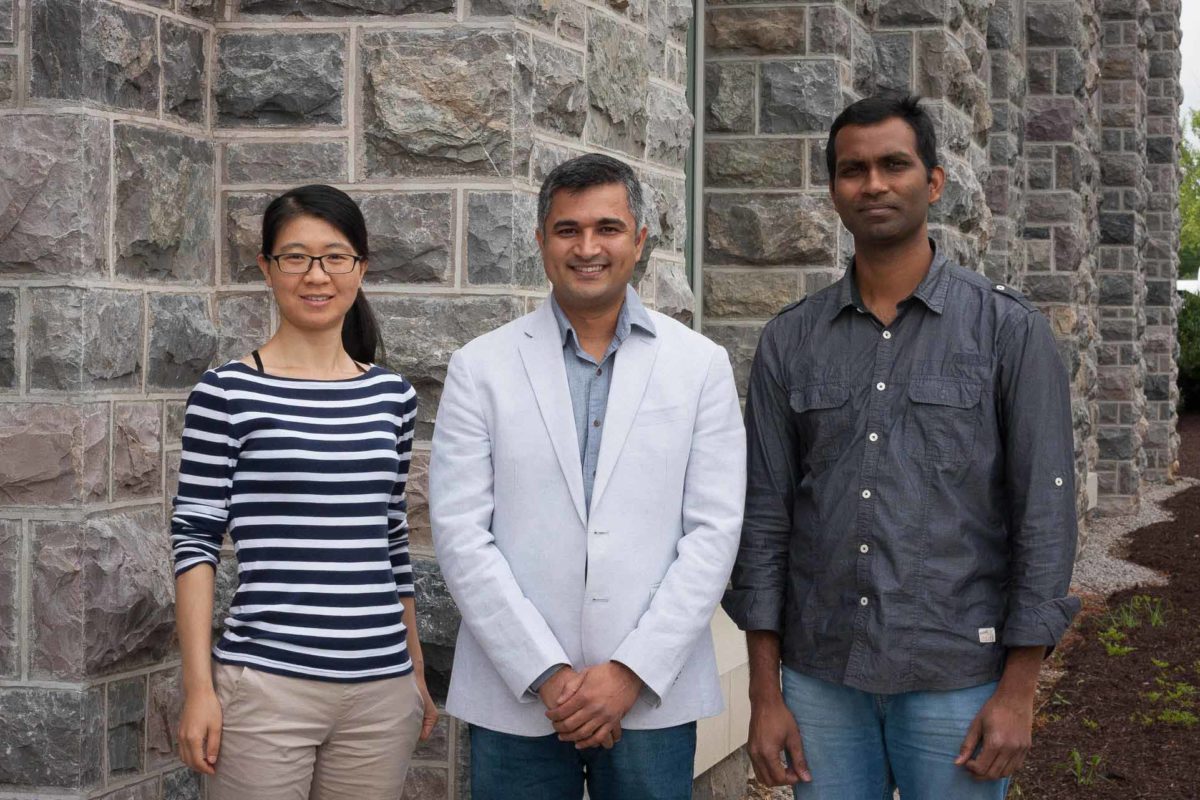Computers used to take up entire rooms. Today, a two-pound laptop can slide effortlessly into a backpack. But that wouldn’t have been possible without the creation of new, smaller processors — which are only possible with the innovation of new materials.
But how do materials scientists actually invent new materials? Through experimentation, explains Sanket Deshmukh, an assistant professor in the chemical engineering department whose team’s recently published computational research might vastly improve the efficiency and costs savings of the material design process.
Deshmukh’s lab, the Computational Design of Hybrid Materials lab, is devoted to understanding and simulating the ways molecules move and interact — crucial to creating a new material.
In recent years, materials scientists have employed machine learning, a powerful subset of artificial intelligence, to accelerate the discovery of new materials through computer simulations. Deshmukh and his team have recently published research in the Journal of Physical Chemistry Letters demonstrating a novel machine learning framework that trains “on the fly,” meaning it instantaneously processes data and learns from it to accelerate the development of computational models.
